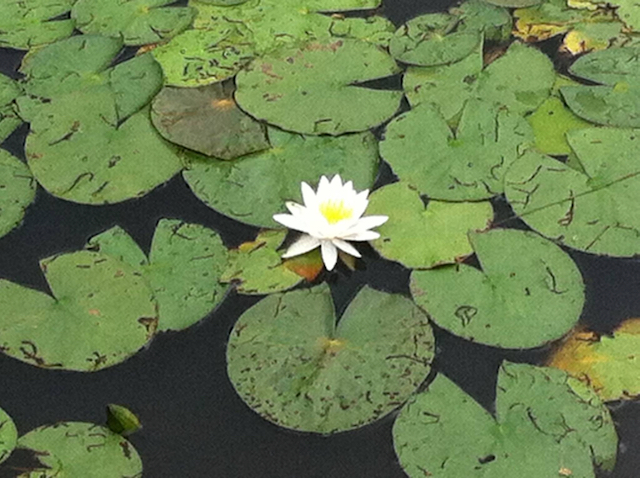
The NY Times Book Review has a regular feature called By the Book, a Q&A with an author. I have published a book, though the NY Times has yet to discover me and I do read a lot, so here is my take on their questions:
What book is on your night stand now?
Truthfully I no longer keep books on my nightstand as I no longer read in bed. And as you can see, my bookshelves are anything but tidy. Still next to me and on my Kindle I have a pile of books waiting to be read or in varying stages of being read:
Sarah Perry The Essex Serpent
Matt Haig How to Stop Time
James Lee Burke A Private CathedralAbigail Saguy What’s Wrong With Fat
Michael Eigen Rage
Francis Weller The Wild Edge of Sorrow
Michel Pastoureau Blue: The History of a Color
What was the last truly great book you read?
I come back again and again to Barbara Stevens Sullivan’s The Mystery of Analytical Work: Weavings From Jung and Bion. There is so depth to this book. I wish I had people I could read and discuss it with.
Or When Women Were Birds by Terry Tempest Williams. I love this book and have given it or recommended it to many women.
What is your favorite literary genre? Any guilty pleasures?
I love memoir. I am endlessly interested in the stories people tell and write about their lives.
I also love mysteries and thrillers. They are my popcorn reading.
Have you read any good books on philosophy lately?
No.
What were your favorite books as a child? Did you have a favorite character or hero?
I had a book about a man who sold balloons in the park. I don’t know the name but I can still see the illustrations. I also loved the book of fairy tales that my grandmother had and would read to me.
I had a book that had been my father’s when he was growing up — Cop: A Police Dog.I liked it more because it had been my dad’s than that I liked the book itself.
I read Nancy Drew and Cherry Ames. I used to go to the library and come home with armloads of books — everything from poetry to novels. I started reading biographies when I was around 10. The libraries on the Army posts where I lived didn’t limit what I could check out or how many books I could have at a time. So I read everything that looked like it might be interesting.
What books had the greatest influence on you when you were a student?
Man and His Symbols was published when I was in college and it made me a Jungian before I really even understood it.
What was the last book that made you cry?
What comes to mind first is When Breath Becomes Air by Paul Kalanithi
And there were passages in Naming the Gods by Gary Astrachan that moved me deeply.
The last book that made you laugh?
I must be brain dead this morning because none comes to mind right now.
The last book that made you furious?
Too Much and Never Enough by Mary Trump. Everything about him makes me furious.
What’s the best love story you’ve ever read?
Like Water for Chocolate.
Are there any psychotherapists that you think are also particularly good writers? What are your favorite books on psychotherapy?
There are indeed wonderful writers among psychotherapists. Barbara Stevens Sullivan is a favorite of mine. Michael Eigen. Christine Downing. Naomi Lowinski.
And if you could meet a character from literature, who would it be?
A friend of mine, Janice MacDonald, writes mysteries, terrific mysteries set in Edmonton, Alberta where she lives. And as it happens I am a character in one of her books, Hang Down Your Head. So I know one!
Who are your favorite writers of all time?
Margaret Atwood, Marge Piercy, Jung, Freud
What are you planning to read next?
I have a Kindle app full of books to read. I just started How to Stop Time by Matt Haig.




